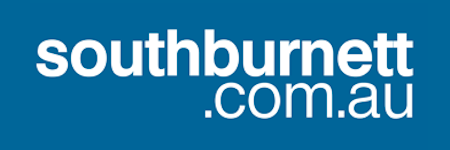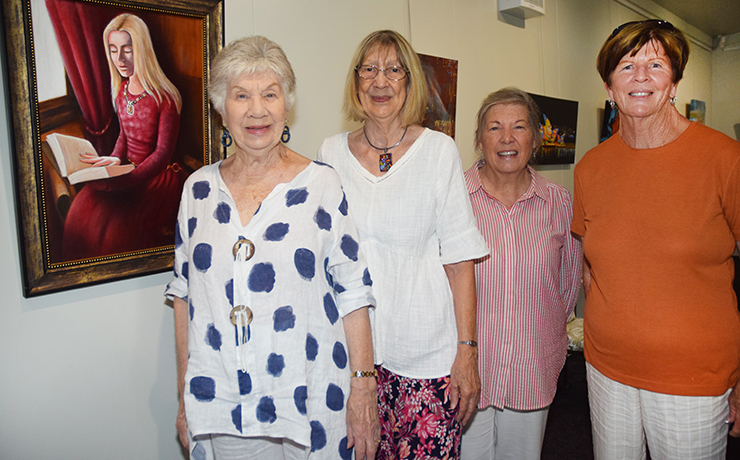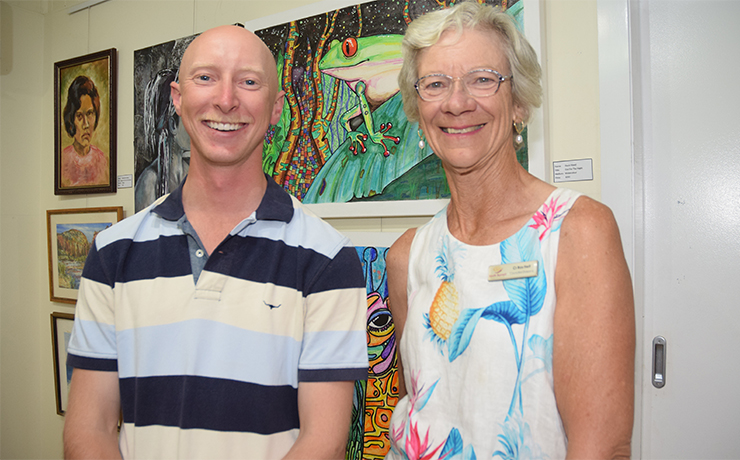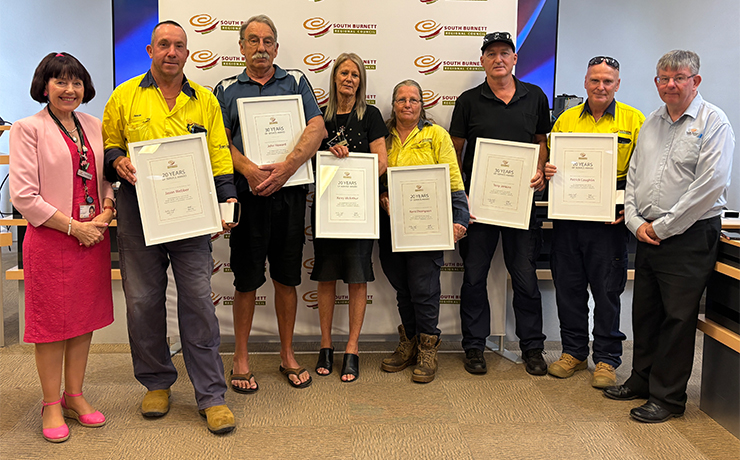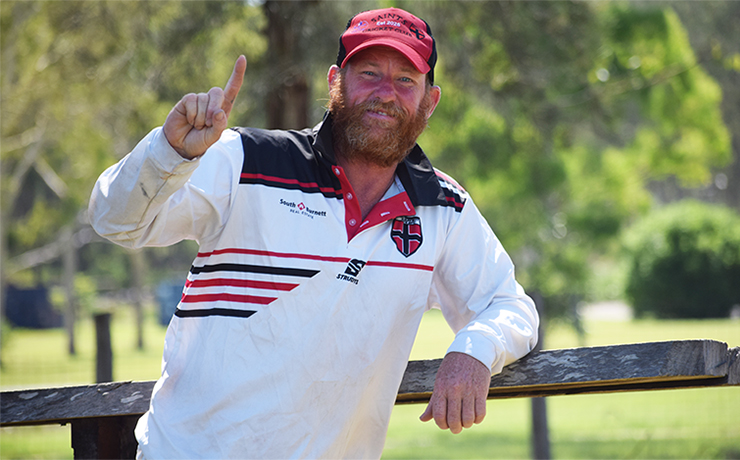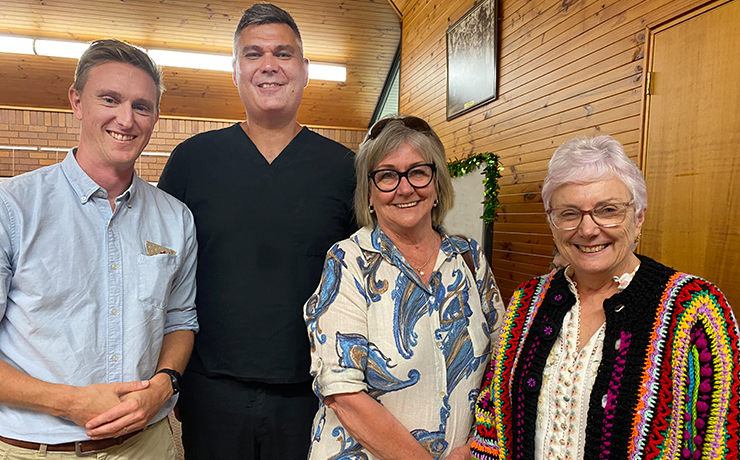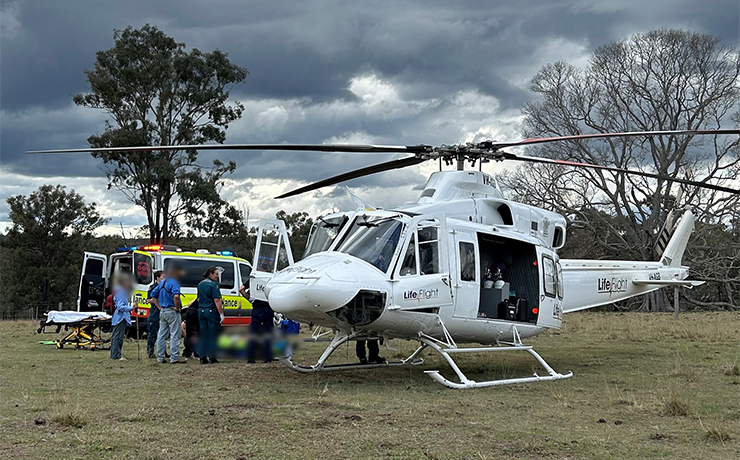
July 2, 2021
Queensland Health has issued a public health alert for parts of the Sunshine Coast after a new community case of COVID-19 was identified.
A man aged in his 50 – from Aroona – returned a positive result on Friday after developing symptoms on Wednesday and undertaking a test on Thursday.
Health Minister Yvette D’Ath encouraged anyone in the Caloundra, Mooloolaba, Sippy Downs or Maroochydore areas to come forward even if they have only the slightest symptoms.
Investigations are under way to identify the strain and any links to existing cases.
Chief Health Officer Dr Jeannette Young said the man was only in the community while potentially infectious for two days before the lockdown began.
“Because of this, I am confident we can continue with the eased lockdown for the Sunshine Coast this afternoon, and we’ll continue to monitor the situation,” she said.
“Contact tracing is already under way and we are contacting everyone that we can identify.
“The man works at the Sippy Downs campus of the University of the Sunshine Coast and was at work on June 28-29.
“He had minimal contact with others so it will not be listed as a contact tracing site, but as always, anyone with symptoms, come forward for testing immediately.
“In addition, we’re asking anyone who was at Coles at Sippy Downs from 8:15am to 8:35am (on Friday) to get tested, but you do not need to isolate until you receive a result as this venue is classed as low risk.
“As we’ve seen time and time again, the situation is fast-moving, and we will continue to keep the community updated as soon as possible if we need to change our approach.”
- The latest list of Close, Casual and Low-Risk contact locations is available online
* * *
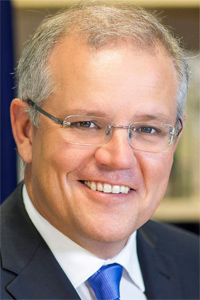
Prime Minister Scott Morrison announced a four-phase plan on Friday – agreed to in principle by National Cabinet – to ease Australia out of the COVID-19 crisis:
A. Current Phase – Vaccinate, Prepare and Pilot
Continue to suppress the virus for the purpose of minimising community transmission. Measures include:
- Implement the national vaccination plan to offer every Australian an opportunity to be vaccinated with the necessary doses of the relevant vaccine as soon as possible;
- Temporarily reduce commercial inbound passenger arrivals to all major ports by 50 per cent from current caps by July 14 to reduce the pressure on quarantine facilities, due to the increased risks of the Delta strain of the virus;
- Lockdowns to be used only as a last resort;
- Commonwealth to facilitate increased commercial flights to increase international repatriations to Darwin for quarantine at the National Resilience Facility at Howard Springs;
- Commonwealth to extend additional support through the International Freight Assistance Mechanism to ensure maintenance of essential freight supply lines impacted by the reduction of commercial caps at international airports;
- Trial and pilot the introduction of alternative quarantine options, including home quarantine for returning vaccinated travellers;
- Expand commercial trials for limited entry of student and economic visa holders;
- Recognise and adopt the existing digital Medicare Vaccination Certificate (automatically generated for every vaccination registered on the Australian Immunisation Register);
- Establish digital vaccination authentication at international borders;
- Prepare the vaccine booster program; and
- Undertake a further review of the national hotel quarantine network.
B. Post-Vaccination Phase
Seek to minimise serious illness, hospitalisation and fatality as a result of COVID-19. Measures may include:
- Ease restrictions on vaccinated residents – such as lockdowns and border controls;
- Lockdowns only in extreme circumstances to prevent escalating hospitalisation and fatality;
- Restore inbound passengers caps at previous levels for unvaccinated returning travellers and larger caps for vaccinated returning travellers;
- Allow capped entry of student and economic visa holders subject to quarantine arrangements and availability;
- Introduce new reduced quarantine arrangements for vaccinated residents; and
- Prepare/implement the vaccine booster programme (depending on timing).
C. Consolidation Phase
Manage COVID-19 consistent with public health management of other infectious diseases. Measures may include:
- No lockdowns;
- Continue vaccine booster program;
- Exempt vaccinated residents from all domestic restrictions;
- Abolish caps on returning vaccinated travellers;
- Allow increased capped entry of student, economic, and humanitarian visa holders;
- Lift all restrictions on outbound travel for vaccinated persons; and
- Extend travel bubble for unrestricted travel to new candidate countries (Singapore, Pacific).
D. Final Phase
Manage COVID-19 consistent with public health management of other infectious diseases. Measures may include:
- Allow uncapped inbound arrivals for all vaccinated persons, without quarantine; and
- Allow uncapped arrivals of non-vaccinated travellers subject to pre-flight and on arrival testing.
National Cabinet agreed that the COVID-19 Risk Analysis and Response Task Force be tasked to make recommendations on finalising the plan, including recommended vaccination targets for each phase of the plan based on the modelling.
Phases will continue to maintain simple risk mitigation and prevention measures such as hygiene, tracing and testing.



